Kaolin clay content
pnbrown
10 years ago
Related Stories

GARDENING GUIDESHow to Stop Worrying and Start Loving Clay Soil
Clay has many more benefits than you might imagine
Full Story
GARDENING GUIDESGardening Solutions for Heavy Clay Soils
What’s a gardener to do with soil that’s easily compacted and has poor drainage? Find out here
Full Story
KITCHEN DESIGNEcofriendly Kitchen: Recycled Tile for Backsplashes
Pick a popular look for your kitchen backsplash design and go green as well, with beautiful tiles made from recycled materials
Full Story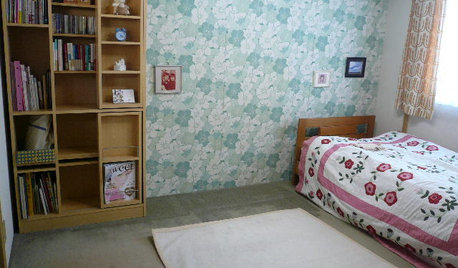
BOOKSCan Tidying Up Result in Life-Changing Magic?
Organizing phenom Marie Kondo promises big results — if you embrace enormous changes and tough choices
Full Story
DECORATING GUIDESColor Guide: How to Work With Neon Brights
Not just for the '80s anymore, neon brights have made a major comeback in interior designs near you
Full Story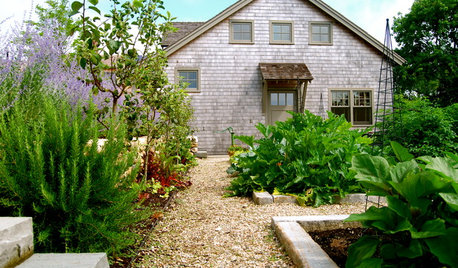
GARDENING GUIDESThe Simple Secret to Gardening Success
Learn the kinds of soil and a DIY type test to make sure you’re putting the right plant in the right place
Full Story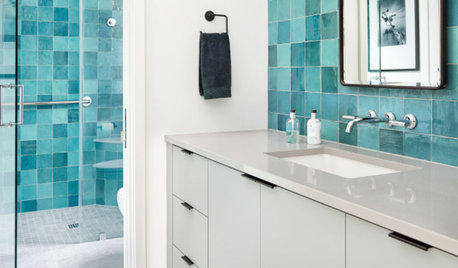
TILEPorcelain vs. Ceramic Tile: A Five-Scenario Showdown
Explore where and why one of these popular tile choices makes more sense than the other
Full Story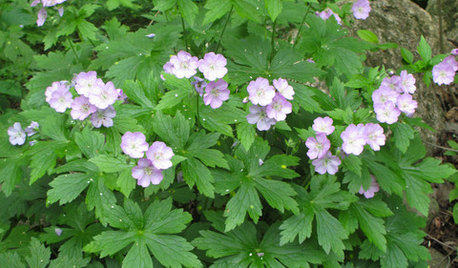
NATIVE PLANTS10 Essential Native Perennials for the Great Lakes and Upper Midwest
These adaptable native plants thrive in a variety of conditions and will provide flowers throughout the season
Full Story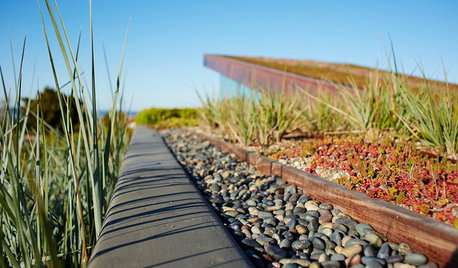
ROOFS8 Alternative Roof Materials to Buck the Mainstream
Looking for something to raise your roof in the neighborhood? Consider synthetic tiles, recycled composite shingles, green roofs and more
Full Story
GARDENING GUIDESGet on a Composting Kick (Hello, Free Fertilizer!)
Quit shelling out for pricey substitutes that aren’t even as good. Here’s how to give your soil the best while lightening your trash load
Full Story






gonebananas_gw
gargwarb
Related Professionals
Southfield Landscape Architects & Landscape Designers · Concord Landscape Contractors · Dinuba Landscape Contractors · Fair Oaks Landscape Contractors · Lewisville Landscape Contractors · New Baltimore Landscape Contractors · Pueblo West Landscape Contractors · Seymour Landscape Contractors · Woodbury Landscape Contractors · Bowie Decks, Patios & Outdoor Enclosures · Champaign Decks, Patios & Outdoor Enclosures · Fort Lee Decks, Patios & Outdoor Enclosures · Morgan Hill Decks, Patios & Outdoor Enclosures · Reisterstown Decks, Patios & Outdoor Enclosures · Santa Ana Decks, Patios & Outdoor EnclosurespnbrownOriginal Author
gargwarb
glib
pnbrownOriginal Author
pnbrownOriginal Author
pnbrownOriginal Author
wayne_5 zone 6a Central Indiana
bluegoat_gw
pnbrownOriginal Author
pls8xx
nc_crn
pnbrownOriginal Author
pnbrownOriginal Author
pnbrownOriginal Author
nc_crn
pnbrownOriginal Author
pls8xx
poaky1
pnbrownOriginal Author
wayne_5 zone 6a Central Indiana